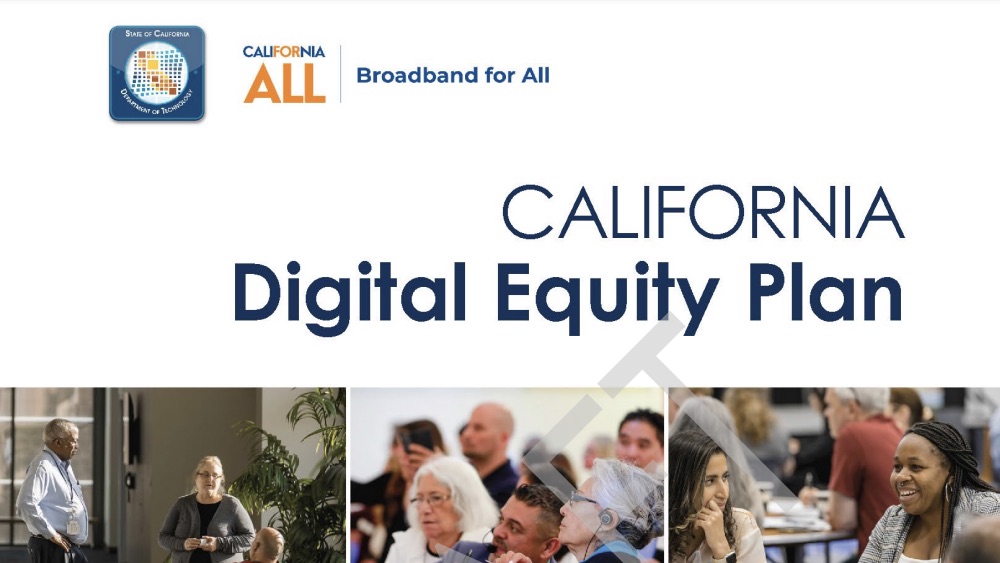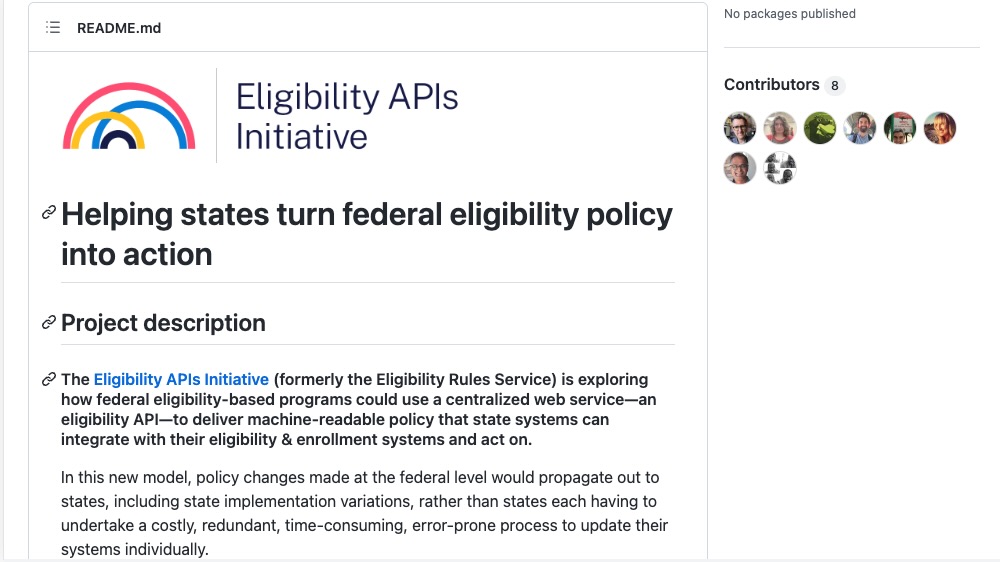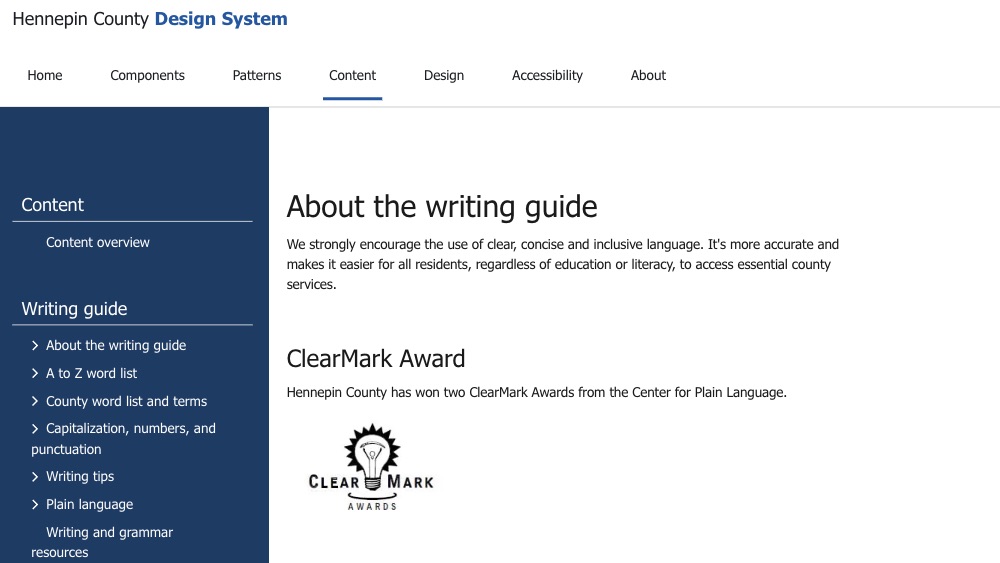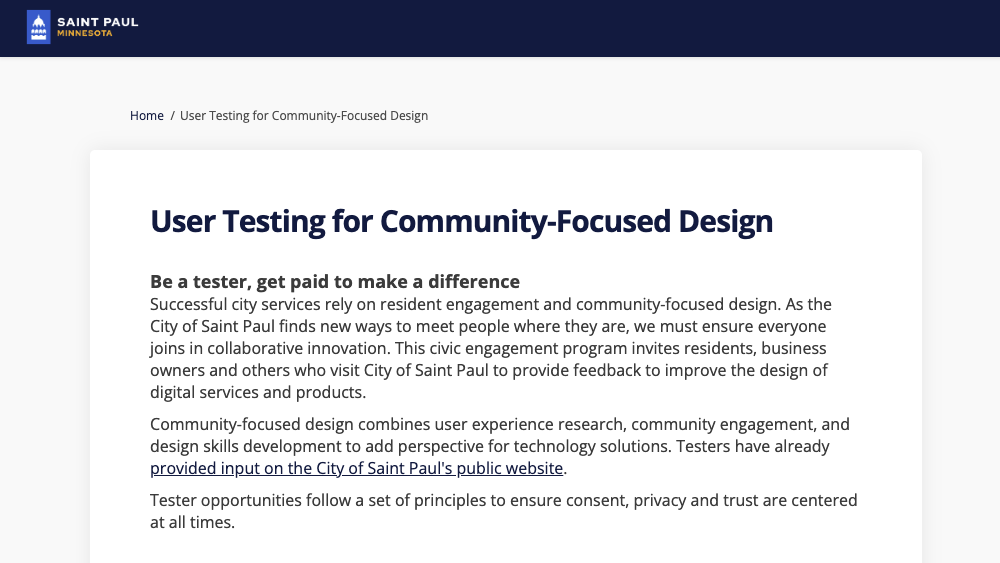Location: United States
-

Geospatial Application Developer
This is a job description for the role of Geospatial Application Developer from the State of California.
-

Contract Specialist
This is a job description for the role of Contract Specialist from the Technology Transformation Services (TTS).
-

California Draft State Digital Equity Plan
The State of California has released a draft of the state's Digital Equity Plan
-

18F Eligibility APIs Initiative
Github page with 18F’s project documentation and task management efforts.
-

Delivery Manager
This is a job description for the role of Delivery Manager from the State of California.
-

Hennepin County Writing Guide
Hennepin County's (MN) writing guide for County employees.
-

Information Security Specialist
This is a job description for the role of Information Security Specialist from the State of California.
-

Engineering and Cybersecurity Lead
This is a job description for the role of Engineering & Cybersecurity Lead from the Health Resources and Services Administration (HRSAgov), HHS.
-

Contact Center Optimization Specialist
This is a job description for the role of Contact Center Optimization Specialist from the Centers of Excellence.
-

User Testing for Community-Focused Design
City of Saint Paul's website for community members to sign up to participate in paid research opportunities in order to test and provide feedback on the design of digital services and products.
-

Data Analytics Organizational Change Manager
This is a job description for the role of Data Analytics Organizational Change Manager from the State of Ohio.
-

Transformative Research Toolkit
This transformative research toolkit offers guidance on community-led research processes that center lived experiences and drive social change.